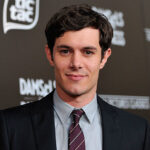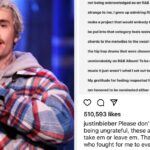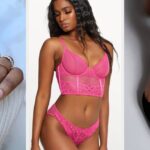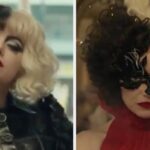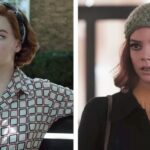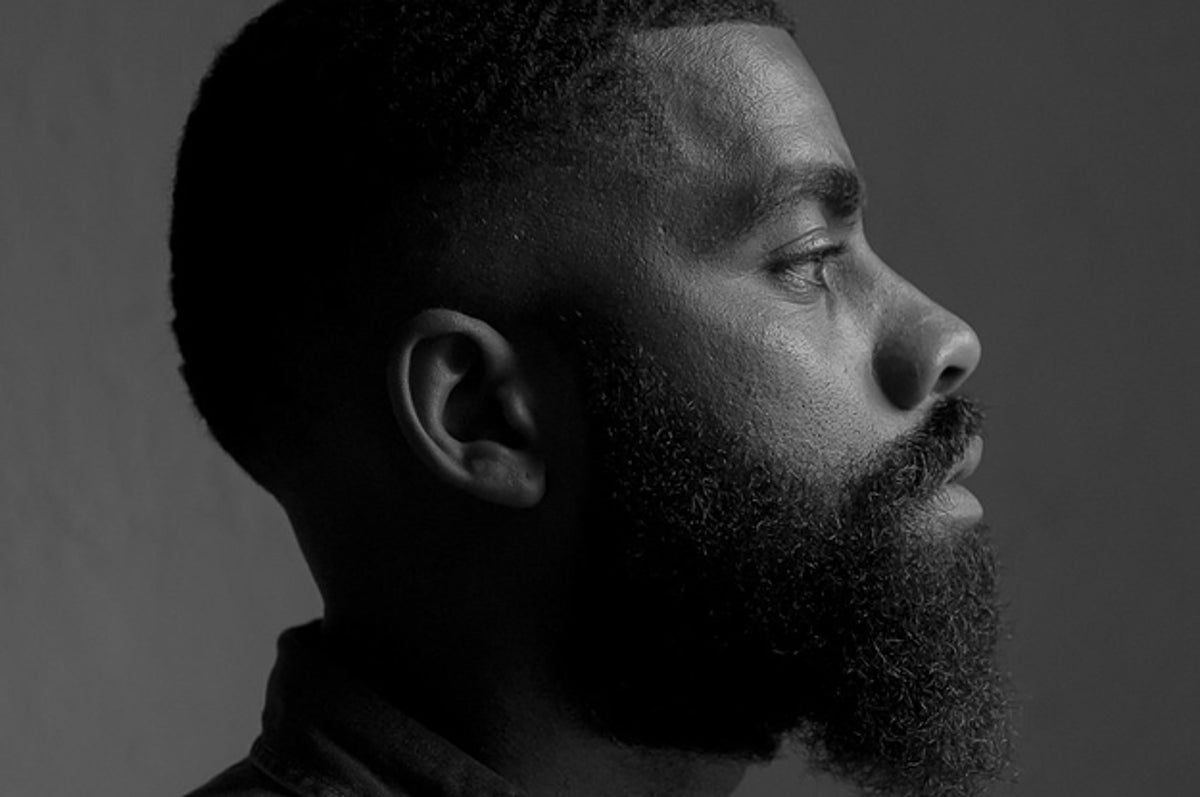
[ad_1]
For all of us, the pandemic has been difficult, but some people have found artistic inspiration and creative expression within the separation. Azia Javier, an executive at Rocnation/Tidal, decided to found a magazine highlighting Black creativity this summer as a reckoning with racial justice rocked the nation. The inaugural issue of A3 Magazine will be released on Martin Luther King Day online and will be available at Casa Magazines in New York City.
BuzzFeed News spoke with Javier and featured cover star and photographer Andre D. Wagner about the process of building something new, and the importance of faith in the creative process. A version of this interview first appeared in our photo newsletter JPG — subscribe now for other exclusive sneak peeks.
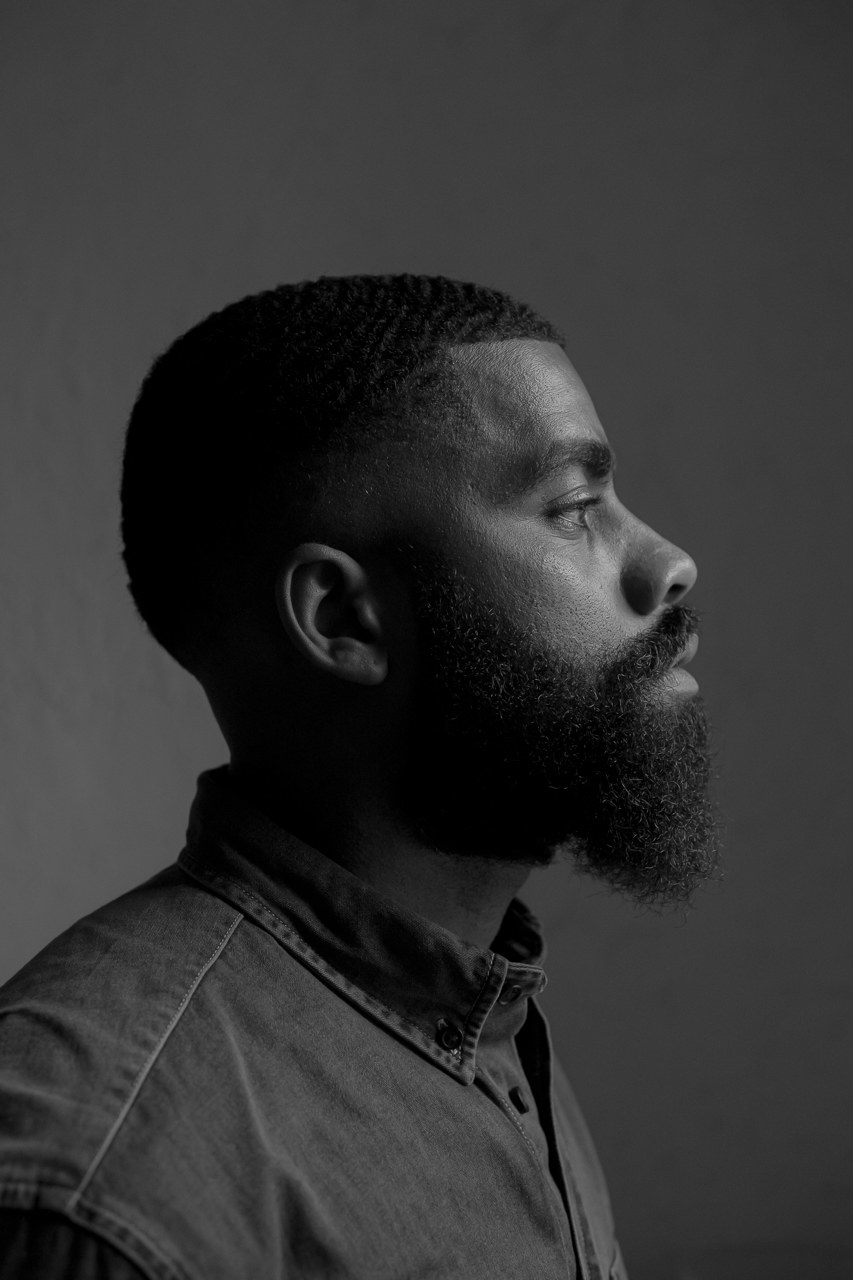
Ike Edeani
Andre Wagner photographed by Ike Edeani for A3 Magazine.
Azia Javier: It’s a solo one-man show. I have other people involved, but it’s been such an exciting experience because I’m able to collaborate with people. In my daily work, I’m such a specific perfectionist person, so actually being able to be the person who is able to decide what’s the conversation that we’re trying to have, that was super fulfilling for me.
Andre Wagner: I’m impressed.
I counted a few people in the issue who had an experience a lot of us very much relate to — growing up knowing that you’re a creative type but not really knowing how to firm that up and move it forward as a career path. Can you both please speak to that?
Azia: For me, A3 Magazine is my creative medium at this point. I’ve always been a creative person. I’ve always been in the arts, but before this I hadn’t picked that one medium. I wouldn’t consider myself a photographer or a painter or anything like that. I have met so many Black and brown creatives over time that I thought I could curate these stories and highlight all of these amazing people in one space, and that’s super fulfilling to me. So it was cool when that manifested in a print and digital magazine because it felt like, Cool, I figured out my medium — magazines! Now, we’re able to do so many different things, whether it’s the photo shoot and having ideas behind that or working with Andre on a photo essay. That’s a dream. It’s definitely been a journey, but I’m excited because it feels like a part of my creative journey to highlight all these other people, and that’s super fulfilling for me.
Andre: It’s been a journey for me too. Growing up in Omaha, Nebraska, as a kid, I was a basketball player, and that was so much of my identity. When I was growing up, I was always internally artistic. I would always draw and do a lot of doodling. I’m really into calligraphy and handwriting. But my basketball talent outweighed anything else that I did, and so I didn’t really have any introduction to art growing up. It wasn’t really until I quit playing basketball at the collegiate level that I started digging into photography and exploring it. I also started just taking art more seriously. A lot of that was revealed to me by moving to New York. New York turned my whole world upside down. I think it just took time for me and my interests to kind of merge into how I practice the medium now.
Azia: I definitely agree. I’m originally from Chicago, and New York changes your mindset as far as what’s possible and exposes you to a whole different level of art in my opinion. Back in Chicago, my dad is super into graffiti, and we would go around and look at graffiti. I have a ton of graffiti books from Brazil, Chicago, all these random spots — because it was something that we loved when I was a kid. New York definitely immerses you in a way that is like, oh wait this is possible? And then you just start digging and diving and finding your own lane in that way.
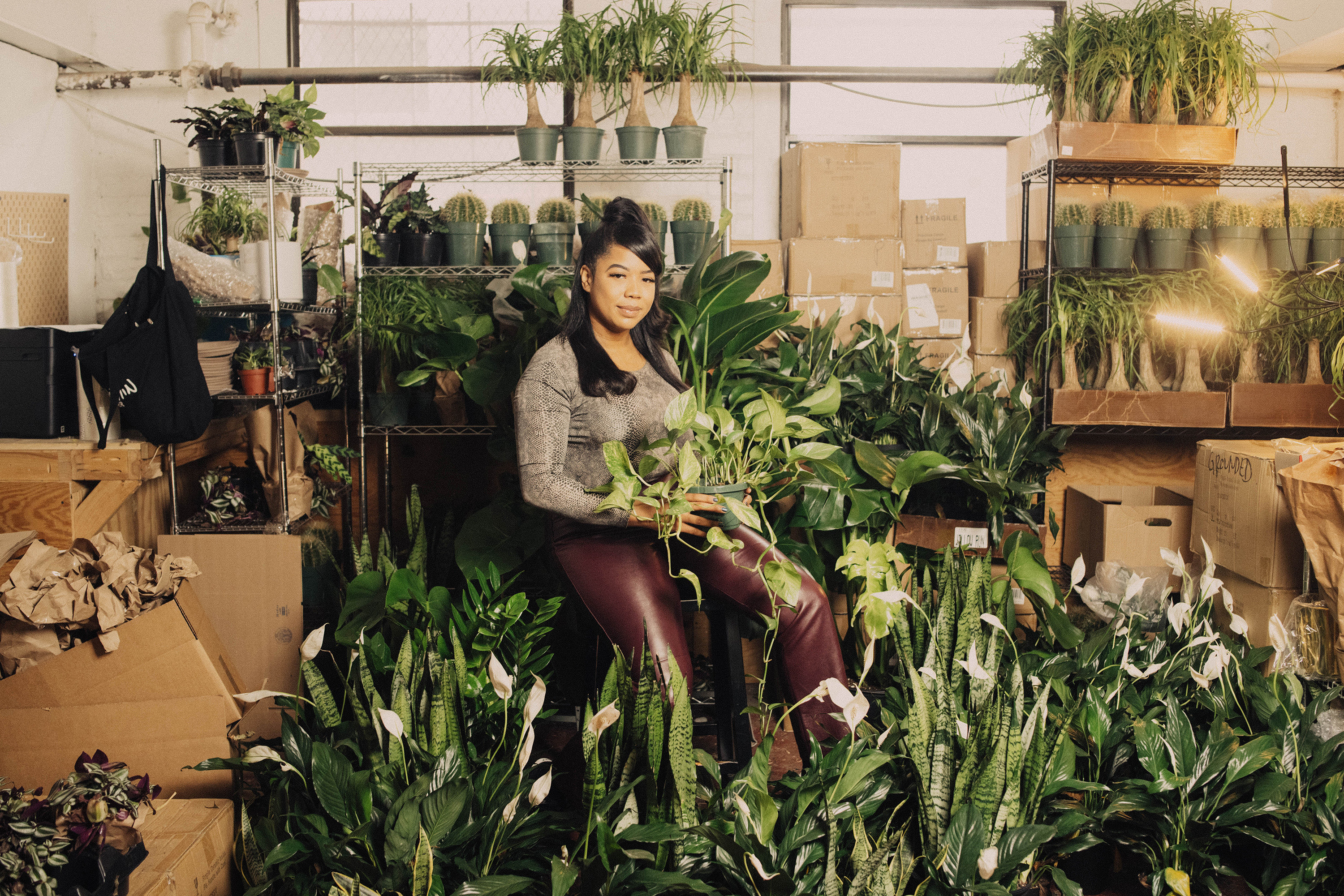
Pierre Edwards of Sonic Studios
Danuelle Doswell of D.C. based Grounded Plants
How would you define a creative, or being one?
Azia: Creativity is something that is innate within all of us. It doesn’t have to manifest in only a visual or expressive art form. Creativity is used in entrepreneurship, in so many different things where you have to be able to use the resources that you have and create something out of nothing. I feel like we all do that on a daily basis but we don’t note that. In A3 Magazine, that’s why you see so many different creatives in different realms that I consider creative. You started your own plant business? Dope, that’s creativity. You’re a photographer and you have your own way of seeing the world? That’s creativity. You’re a writer and it’s your mark of telling your own narrative and being able to share your own thought process with people? That’s creativity.
Andre: Yeah, I think that’s dope. I think for me, I come at it more from an artist’s standpoint. I’m really old school. Tradition is important to me, as well as being educated and knowing what has been done is important. For me, as a self-taught photographer coming into the art world and into the school of street photography, there’s so much beautiful richness of the work and the history that informs me and how I go about the works that I want to make. There’s nothing new under the sun, but I’m making sure that I’m not repeating ideas or that I can add to it, or I’m thinking about other Black photographers who have come before me. I think that having the understanding and the education sort of frees you up to get lost in that and not be bound to it. I don’t know. I like that understanding of where I come from but also being completely free to explore.
Being a Black creative is a specific community. When you put yourself on that path as a Black creative, you’re subjected to questions about representation, like in Jared Malik Royal’s story in A3 Magazine, which white creatives aren’t asked about. Can you both please speak to that, either as a pressure or a purpose?
Andre: When I first got started off, it felt like pressure. In the beginning, you’re exploring who you are, your own identity, and your own Blackness. You don’t want to be pigeonholed, but I think as time went on I was able to realize the power of owning my identity and the communities that I represent and the people I stand with and the causes that I want to be for. At first, I was like, aw, I just want to be a photographer. But there is power in being a Black photographer, and I wear that proudly. It’s trying to just find the things that respond to you, but you also have a responsibility to who we are as a people and where we come from and where we want to go. At least for me, it can’t just be a selfish root as far as making art. I’m also thinking about where I come from and thinking about trying to give something back to the future of Black kids.
Azia: I definitely agree with Andre that it’s purpose-driven in the sense that it definitely shows throughout all of the people whom I’ve talked to for the magazine that representation is key. It isn’t something that innately has to be the pressure of being pro-Black; it doesn’t have to feel so pigeonholed in that way, but you are a Black creative and you’re going to be seen as that. So being aware of that and being intentional about your art is very important. But also being true to your art is very important. There isa balance. Throughout all the interviews we did for the magazine, seeing through them and being able to understand as a kid what’s possible and then as they get older what are the different socioeconomic barriers that we all see and experience. But then, when they’re able to see a Gordon Parks, or they’re able to see a Melina Matsoukas, and they see people dreaming up dreams who look like me and have a similar background as me, they’re able to see themselves. And that’s super important for the next generation, in my opinion.
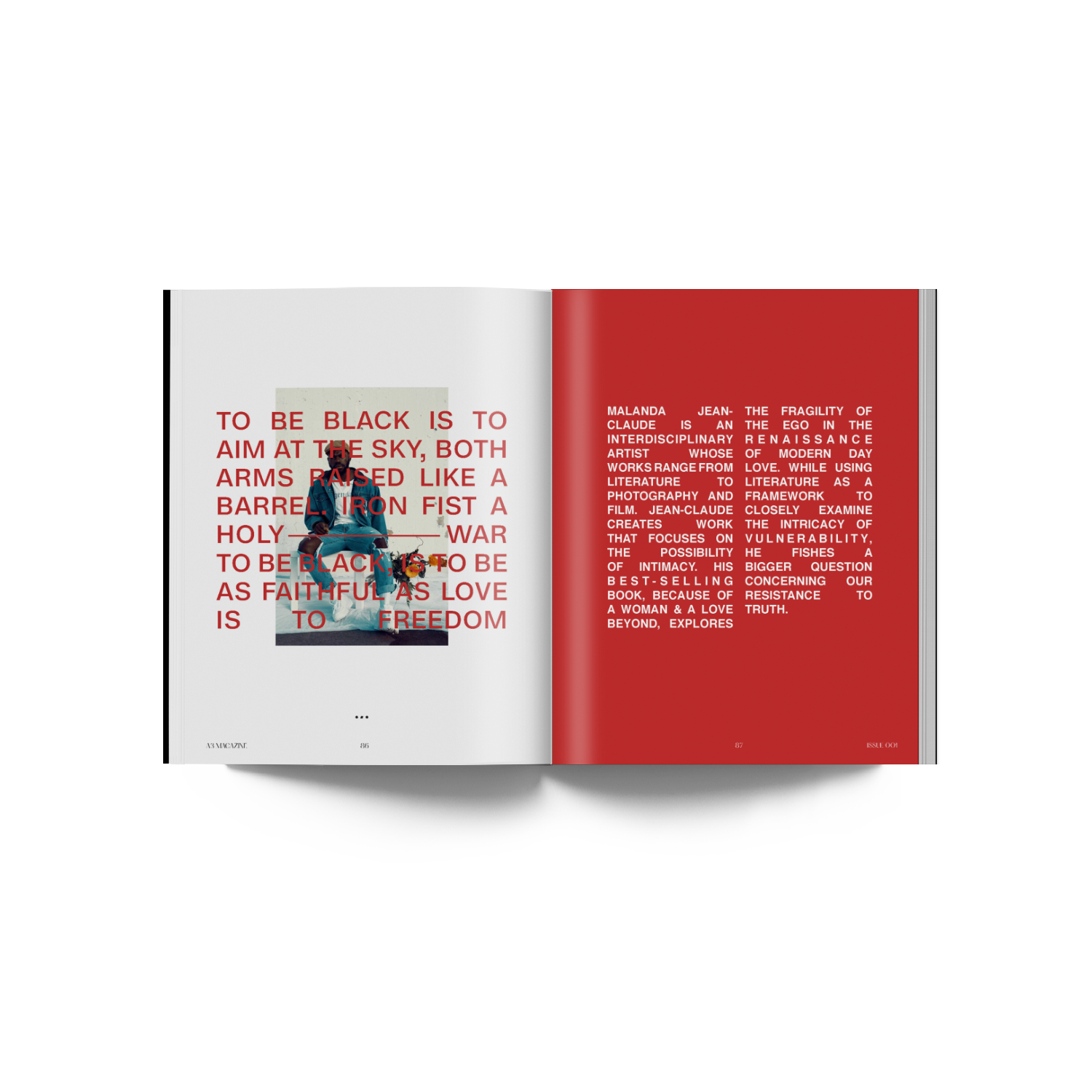
A3 Magazine
A spread from A3 Magazine, designed by Lewi Yonas and with original work by Melanda Jean-Claude
What’s something that gives you hope for the future?
Azia: In the past five to six years, from my perspective, there’s been a renaissance where I feel like so many people [are] really finding their lane and being proud of it, which is really exciting. This Black creative community, we’ve always been there, but now they are feeling strongly about their voice and are coming into their own. I see a lot more of that, of people being able to say, “I am a creative person and I stand in this lane,” and in that way they are able to speak their truth.
Andre: Yeah. I think what gives me hope is continuing to have this national reckoning with who we are as a country. I think a lot of what needs to change doesn’t fall on the backs of Black people. I think a lot of the conversations that are happening — and, unfortunately, a lot of things that are playing out in this country — is just revealing who we are. Hopefully we’ll be able to rise to the occasion and continue to change our future.
One theme I noticed running through the magazine is faith. Would either of you like to speak to that?
Andre: Faith is really important for me in my own personal life. I grew up in the church. My dad’s a pastor. But also being a street photographer, going out into the streets, and trying to make pictures, I have to have faith and belief. These pictures don’t happen and the pictures don’t come if you don’t believe there’s something great out there.
Azia: Throughout the magazine, it’s interesting because each of the creatives I spoke to, to some extent and without explicitly discussing religion, they all had some background with faith. One, just on a spiritual level, but also trusting themselves and trusting that whatever they are, whatever the obstacles they face, that what they want to do creatively, matters and has a higher purpose. I definitely saw that as a theme — that in each interview everyone gave their light at the end of the tunnel, and it feels like there’s some energy that you need to be putting out into the world in order to get it back.
Last year and everything that happened, being able to pull off a magazine in five months — I can do it. If I can do that in five months, then what can I do in 12? You want to push yourself. And if I didn’t have faith, I wouldn’t believe in that.
It’s been five months?!
Azia: I came up with the logo and the name in August of 2020. I didn’t have any of my interviews until October, and I didn’t have any of my photo shoots until December. [laughs] We literally finished everything yesterday. It was a five-month process, but actually being able to have content and putting it into a print magazine took two months. I love every part of it, though. I feel like I learned so much. I didn’t even know I was getting into this.
It’s huge!
Azia: Yeah. I was really testing my writing skills too because I’m more of a creative director. I was asking about people’s availability over the past three months, and I thought, Well, if I can’t get writers, then I’m just going to write. I got a copy editor who I love, so she helped a lot. I pushed myself in a different way, which I’m proud of, but I didn’t enjoy writing. Next time I need more writers!
Andre: That reminds me of Ava DuVernay, when she was like, “You want to make films? You just pick up a camera and start making films!”
Azia: Yup! Exactly.
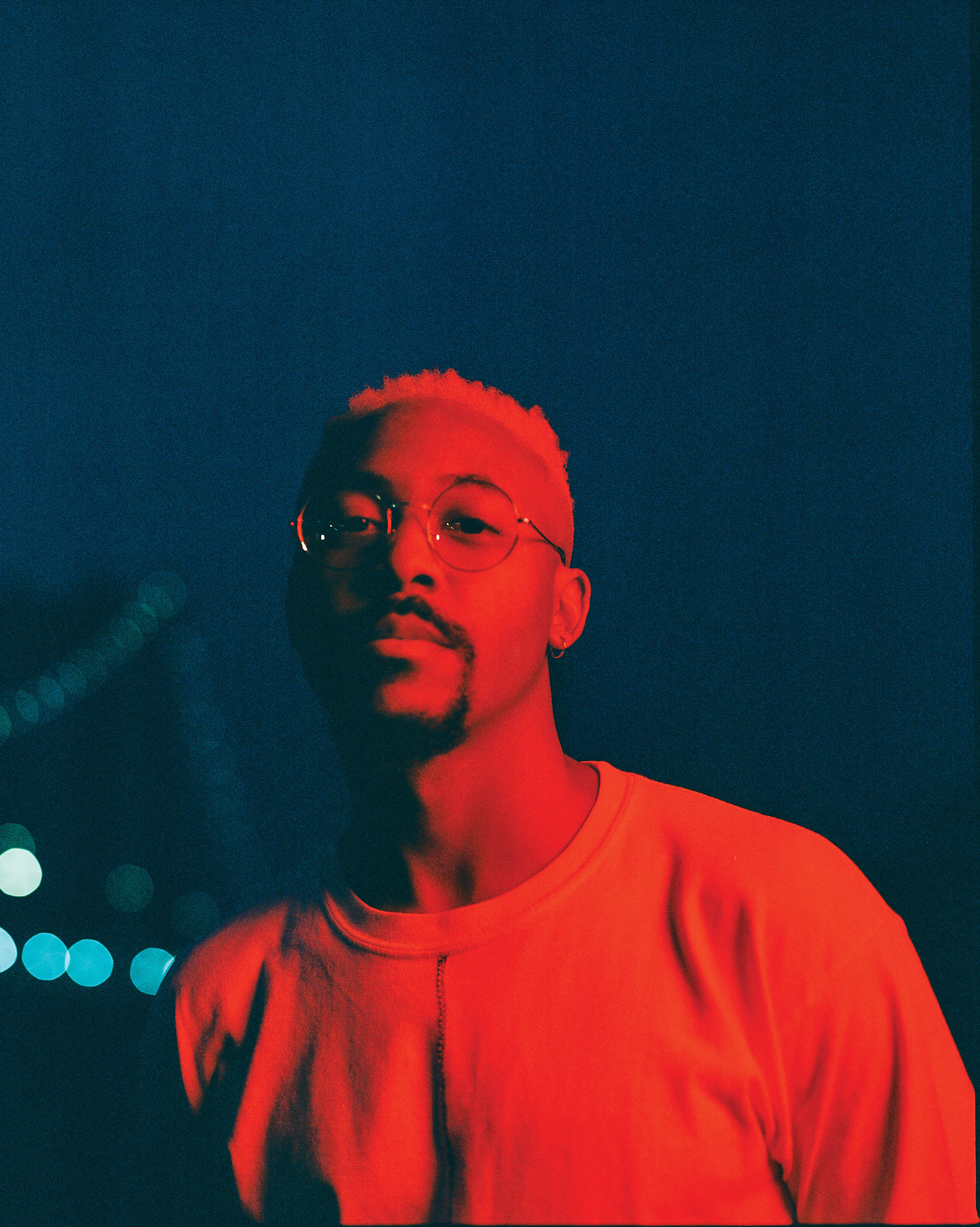
Silas Vassar Iii
Fred Sands IV of Black Boy Fly
I was googling everyone on the masthead; Azia’s on there a few times along with the other contributors. How did you decide to work with the writers and photographers you did?
Azia: The photographers ended up being friends. Everyone who ended up involved in the first issue was shot by their friends. Andre was shot by Ike Edeani, and that was off of his request, so we made it happen. The Grounded girls were shot by District Dodger of Studio Sonic, and they ended up being homies from high school. There’s some authenticity that comes out that I don’t think would if we had created a shoot. I want it to feel comfortable and authentic and not like it’s some glammed-up spa day that they needed to show up for.
When it came to the writers, I only have three: Me, and then my dad did my interview; he’s a huge creative influence on me. He introduced me to all the art, all the music. He wrote the interview, and he included a line, “When Azia was 6, she knew all the lyrics to ‘Can’t Knock the Hustle’ by Jay-Z,” which is hilarious.
Andre: [laughs] That’s dope.
Azia: Yeah, he’s a funny guy. Then we had Christa Tarnoviski . She knew the guys from Black Boy Fly; she loved the book and she loved the photos, so she was really happy about that. And Joshua Renfroe shot Telsha Anderson because they’re friends.
Andre: Who photographed you?
Azia: Adeline Lulo! I knew I wanted a female photographer, so I got a recommendation and she came to my apartment.
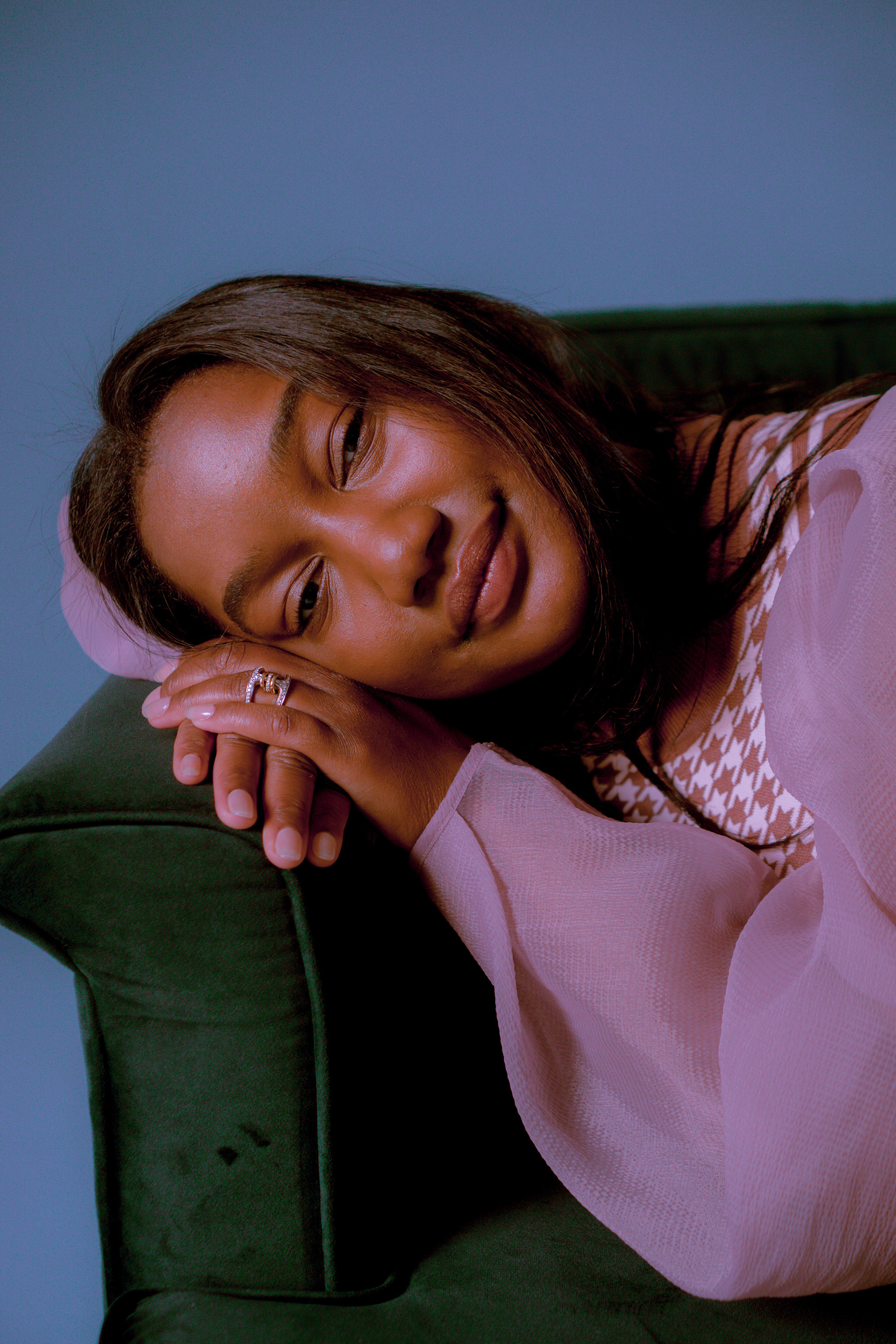
Joshua Renfroe
Telsha Anderson from A3 Magazine
Andre: I’m just now flipping through the magazine. This is fire.
Azia: Thank you! I told myself throughout this whole process, I only want to work with Black creatives. It is and it isn’t hard to find Black creatives. In the future, we want to launch a database of Black creatives because it can be so hard to find everyone. Our graphic designer — Lewi Yonas — he’s this Ethiopian guy from Minneapolis. I was searching Behance for graphic designers. He ended up being the same age as me, and he had never done a print magazine before in his life. But I was like, I’m going to take a chance on you, let’s do it! Over the past five months, we have been in touch nonstop creating a magazine together.
How has the last year impacted you?
Andre: It’s been incredibly difficult. As a street photographer, everything that I relied on completely changed when the pandemic started. Even physically, people covering up their faces, it changes things. I’ve still been working. I’ve been working through it. I’m not putting crazy pressure on myself to make sense of what I’m doing. I’m still going, but it’s been really hard.
What has been nice is that I’ve been able to spend time in my darkroom and in my studio. And I have such a backlog of work, so it’s been nice to be able to sift through stuff I’ve kind of been putting off.
Azia: For me, it puts things into perspective for what’s possible. At my day job, I’ve been working at home, but being able to create the magazine and ideate just on that at home. It’s definitely put things into perspective of what’s possible. There’s less barrier to the idea of creating; if you can do it in a pandemic, you can do it out of a pandemic. Work through it and figure out that process and have hope at the end of the tunnel that once we get out, we can get back to some normalcy and have those things that we rely on for our daily joys in life. I had so much downtime to just think. It helped me think about why this magazine was important and why I could do it.
Borrowing a question from your own magazine: How do you feel about the role of art in activism?
Azia: I personally see art, and I think I have a broader sense of creativity and art than someone who actually executes it. I broaden that perspective a bit. But in general, as a Black person and having a voice and being able to share your perspective through whatever medium, that’s activism in some sense because we’re all getting our message out there in that way. In the Jared Malik Royal piece, he talks about the dichotomy of tobacco companies in the 1960s and 1970s supporting the civil rights movement while also knowingly killing Black people. It’s deep, and to see these visuals and know that they were created by a 20-year-old trying to have this conversation, it’s like, you’re an activist! Whether you want to claim it or not. For one, you’re educating me, and two, I get to see how you perceive all of this and how you care about it. That’s my perspective on it.
Andre: I don’t really consider myself to be an activist. But I do think that art has a huge role and influence on our lives and how we see things, how it changes perspectives. I don’t think it’s given enough credit sometimes, because I don’t think we can quantify art in certain types of ways like maybe how we do numbers. But art is vital to the human experience.
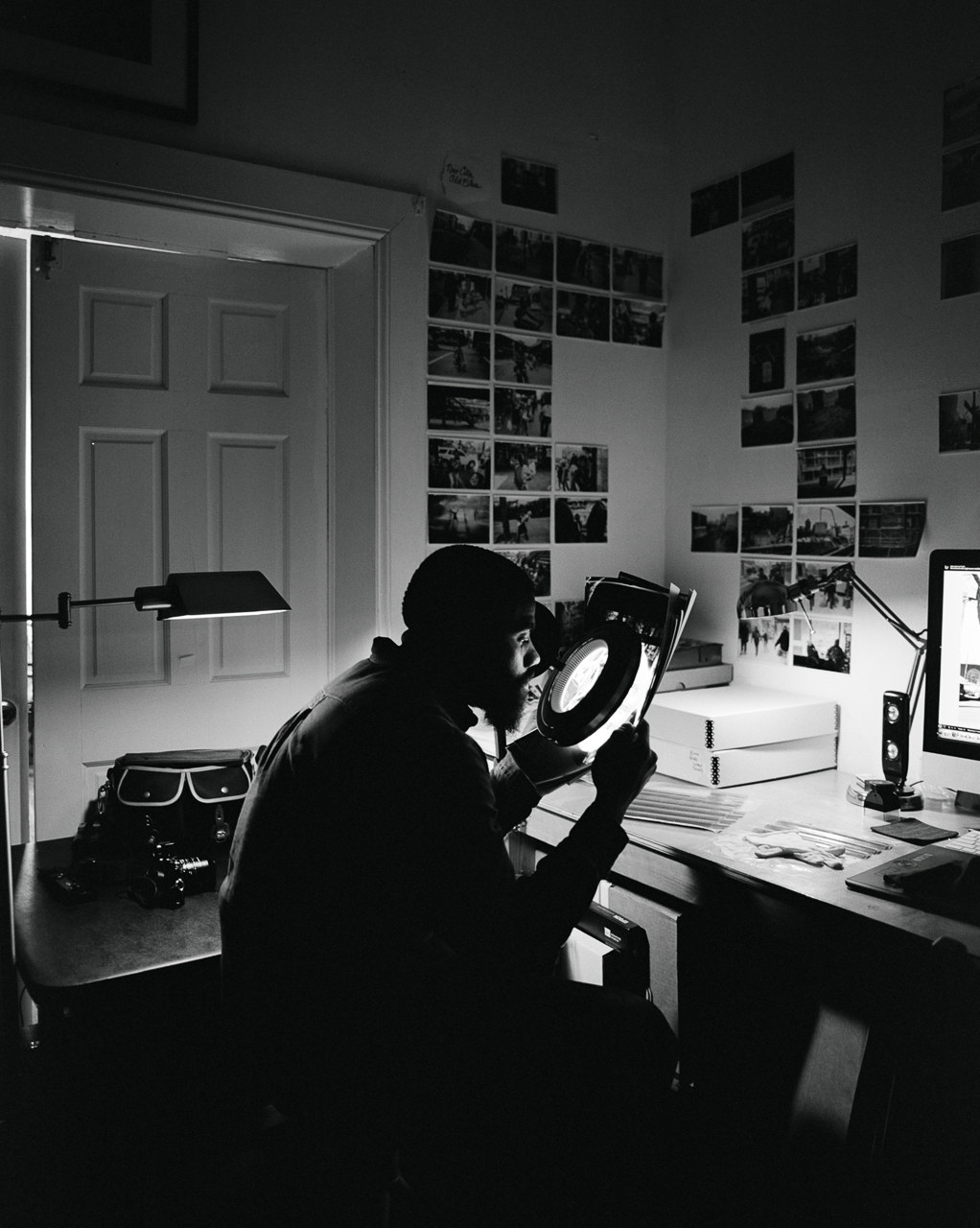
Ike Edeani
Andre D. Wagner in A3 Magazine
[ad_2]
Source link
